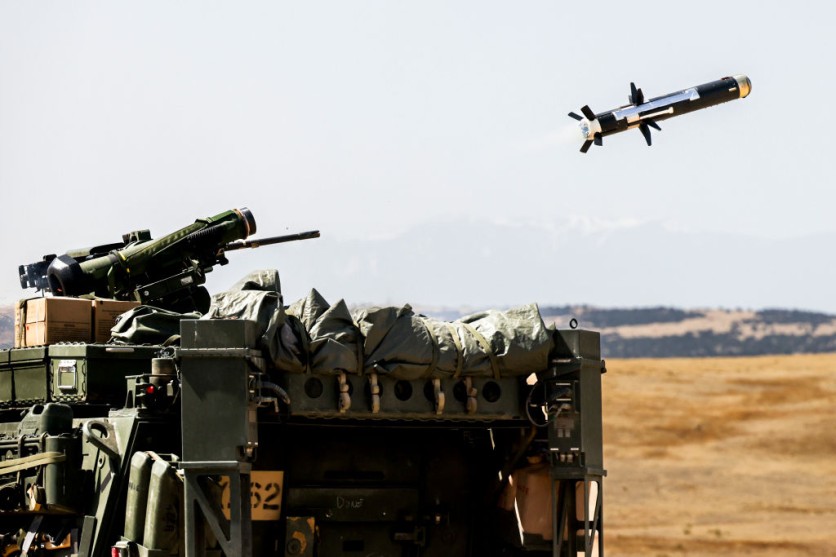The United States Army has recently fired Javelin anti-tank missiles from seven-ton robots that can detect and track enemies, take out targets with human guidance, and patrol high-risk regions.
Soldiers fired Javelins and .50-caliber machine guns from robotic vehicle prototypes at a recent Army exhibition at Fort Hood, Texas, where a series of weapons development drills also took place.

"Huge Learning Opportunity"
Kevin Mills, the deputy executive director of ground vehicle intelligent systems at the Army Ground Vehicle Systems Center, said in an interview with The National Interest that they just finished the second large-scale operational soldier evaluation conducted at Fort Hood, Texas.
He added that they had twelve robotic platforms alongside six control vehicles, and it serves as a culmination of about four years of activity. At the same time, Mills noted that it's a "huge learning opportunity" for the Army to understand how combat robotics can help them in the future.
Army weapon developers put armed robots in soldiers' hands as part of the evaluation to examine weapons, improve tactics, and hasten the development of a new class of robotic combat vehicles, or RCVs.
The RCV-Light, RCV-Medium, and RCV-Heavy are the three robotic vehicle versions that the service is pushing forward with. Each robotic vehicle variation is being built for a complex, interconnected set of unmanned operations.
Read also : US Air Force Receives First 'Fighter-Mounted Laser Weapon' That Can Combat Hypersonic Missiles!
Robotic Vehicles
The vehicles include manned-unmanned teaming operations where ground drones or robotic vehicles carry out scouting and reconnaissance missions, distribute supplies, and destroy targets autonomously when given instructions by a human.
The RCV-Light, a seven-ton vehicle, has a.50-cal machine gun, a Javelin, and several armament systems. It is also made to accommodate modular payloads.
A 30mm gun is fired by the RCV-Medium from a turret. For the army operational experiment, the lights and mediums were constructed as prototypes, according to Mills.
The RCV-Heavy, still in the development phase, served as a stand-in for a future heavy robot outfitted with a 120mm gun in the experiment involving an M113 personnel carrier.
Mills noted that robotic vehicles outfitted with weapons of greater caliber would become more prevalent in the upcoming years.
"One of the unique features of robotic platforms is that, once you take the human out, they're purposely built to be robotic platforms, so they can be much smaller and still carry significant payloads and have significant middle mobility characteristics," Mills said in a statement with The National Interest.
Hence, the RCV-Lights, for instance, are difficult to detect, which provides the operational benefit of moving them forward, according to Mills.
Related Article : US Military's 'World's Only Reusable Spaceplane' Has Been Flying for 781 Days - New Endurance Record Achieved!
This article is owned by Tech Times
Written by Joaquin Victor Tacla
ⓒ 2025 TECHTIMES.com All rights reserved. Do not reproduce without permission.




